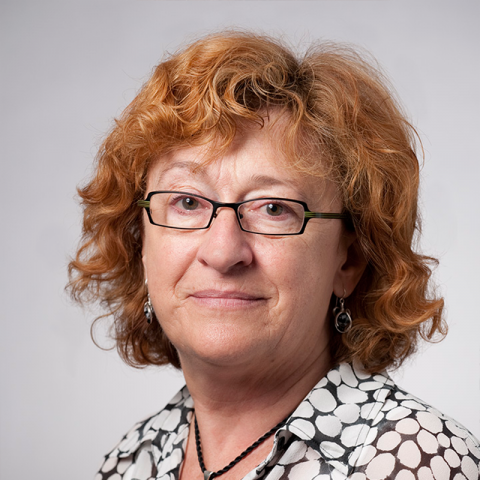We Can Fix the Nursing Shortage in NC—and around the World
By 2024, there could be over a million vacancies for registered nurses. But we can still avoid it.


If it weren’t for Barbara Stilwell, there might not be any nurse practitioners serving patients in England today. When Stilwell was working in the inner city in Birmingham, UK, in the 1970s, she found that many local patients—most of them from India, Pakistan, or Bangladesh—had no one to consult about health issues that weren’t essentially medical (where to get their children immunized, for example, or how to stop smoking), except for the too-busy local general practitioners. Stilwell won a scholarship to study in the United States to become a nurse practitioner. When she returned to the UK, she helped establish England’s first training program for nurse practitioners. In 2008, the UK’s Nursing Times named her one of the top 20 most influential nurses of the past 60 years.
For the past 25 years, Stilwell has worked overseas, first with the World Health Organization (WHO) and now with IntraHealth International, as senior director of health workforce solutions. At the WHO, Stilwell helped change the organization’s approaches to performance improvement and served as the focal point on the migration of health workers, negotiating with ministers of health on strategies to address health worker migration.
Stilwell has helped countries around the world to manage change and development in their own health workforces. She has worked in Eastern Europe with nurses and physicians to introduce modern health care, and in East and Southern Africa to advise on health systems strengthening.
Stilwell offers consulting services in human resources for health, particularly issues relating to nursing, health systems strengthening, the global health workforce shortage, the impacts of health worker migration, and the optimal workforce design to support non-physician clinicians in sub-Saharan Africa.
By 2024, there could be over a million vacancies for registered nurses. But we can still avoid it.
It's time to take mental well-being during complex emergencies seriously.
If a new flu pandemic strikes, nurses are likely to be our first—and best—line of defense.
Our free gift to unnamed strangers keeps us all safer and the world a bit more stable.
Health systems are only as strong as the people who work within them.
We're building something different for the health supply chain workforce in East Africa.
There were 1,809 incidents of violence against health workers, clients, ambulances, and medical facilities in 2012 and 2013. Why? And how can we put a stop to them?
In honor of IntraHealth's 10th anniversary as an independent nonprofit, staff around the world spread out to volunteer at organizations in need.
Task shifting in low-resource settings means transferring tasks from one health care worker to another—and it comes with challenges.
In this commentary published in Global Health: Science and Practice, the authors call on humanitarian aid organizations to integrate proven mental health strategies to protect the mental health of their workforce and improve staff capacity to provide care for vulnerable populations.
The World Health Organization (WHO) Global Strategy on Human Resources for Health: Workforce 2030 sets out the policy agenda to ensure a workforce that is fit for purpose to attain the targets of the...
This report presents an initial analysis of information collected to support the reform of the referral processes in West Bank/Gaza.